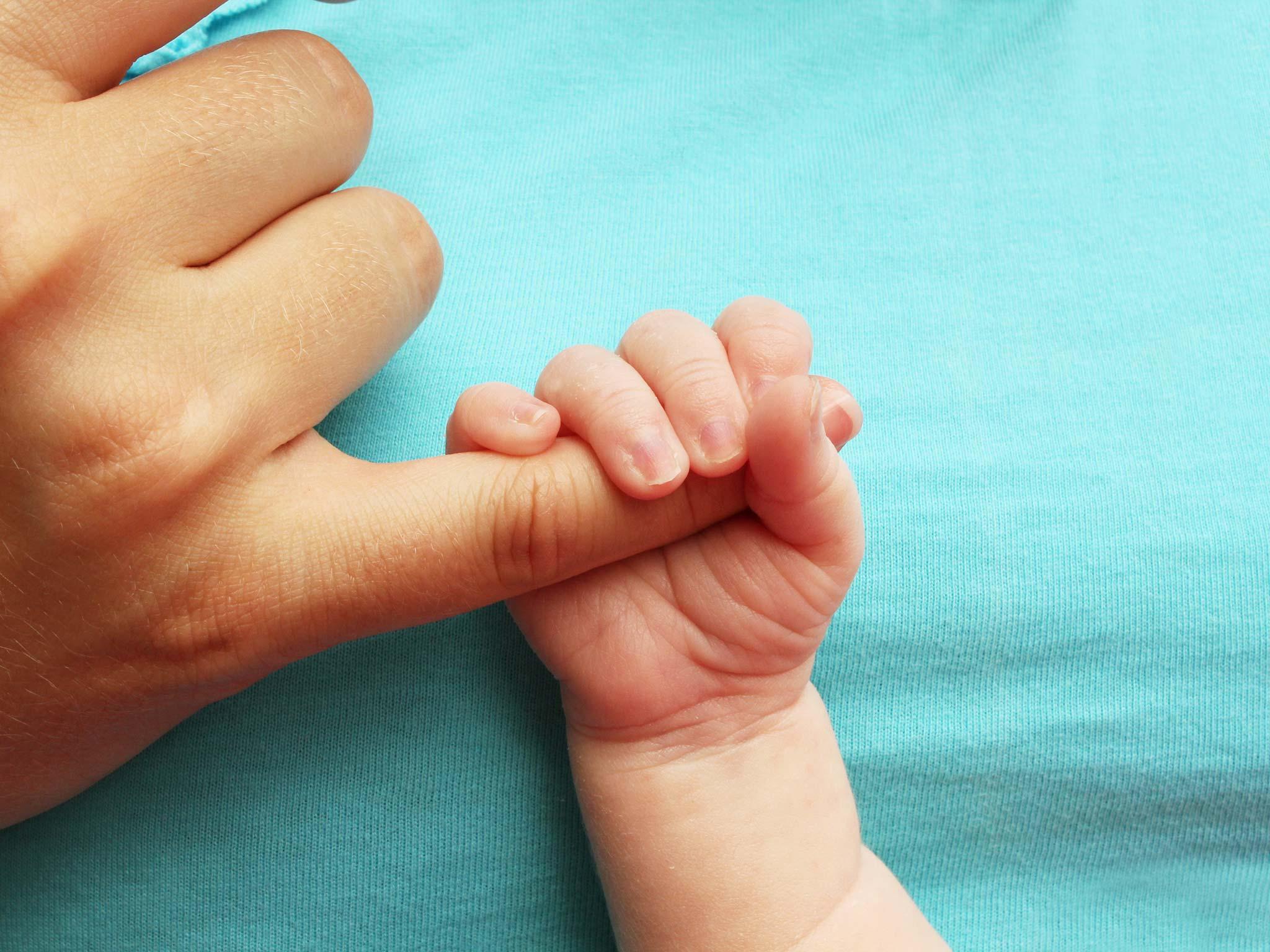A sperm donor who has been used to conceive at least 67 children across Europe had a rare cancer-causing mutation, with 10 of the children developing the disease.
Twenty-three of the children, conceived between 2008 and 2015 across eight countries, have now been found to carry the variant, while some have been diagnosed with cancers such as leukaemia and non-Hodgkin lymphoma.
The case has raised concerns about the lack of internationally agreed limits on the use of a single sperm donor, and the difficulty in tracing a large number of families to inform them of a serious medical issue.
The news was uncovered after two separate families contacted their fertility clinics becaues their children had developed cancers that were linked to a genetic variant called TP53.
An analysis by the European Sperm Bank, who supplied the sperm, confirmed that the variant was present but was not known to be linked to cancer at the time of donation in 2008.

Dr Edwige Kasper, a biologist at Rouen university hospital in France, said: “We need to have a European limit on the number of births or families for a single donor.
“We can’t do whole-genome sequencing for all sperm donors – I’m not arguing for that,” she added. “But this is the abnormal dissemination of genetic disease. Not every man has 75 children across Europe.”
She continued: “I analysed the variant using population and patient databases, computer prediction tools and the results of functional trials and came to the conclusion that the variant was probably cancer-causing and that children born from this donor should receive genetic counselling.”
Children who have been shown to have the gene are advised to have whole body and brain MRI scans. They are also recommend to have breast and abdomen ultrasounds as adults.
Julie Paulli Budtz, a spokesperson for the European Sperm Bank, told The Guardian: “We are deeply affected by this case.” She said the donor had been thoroughly tested but that “it is scientifically simply not possible to detect disease-causing mutations in a person’s gene pool if you don’t know what you are looking for”.
She added: “We welcome continued dialogue on setting an internationally mandated family limit and have advocated for this on several occasions. This is also why we have proactively implemented our own international limit of 75 families per donor.”






-Leaders-Summ.jpeg?trim=342,2149,1090,0&width=1200&height=800&crop=1200:800)
